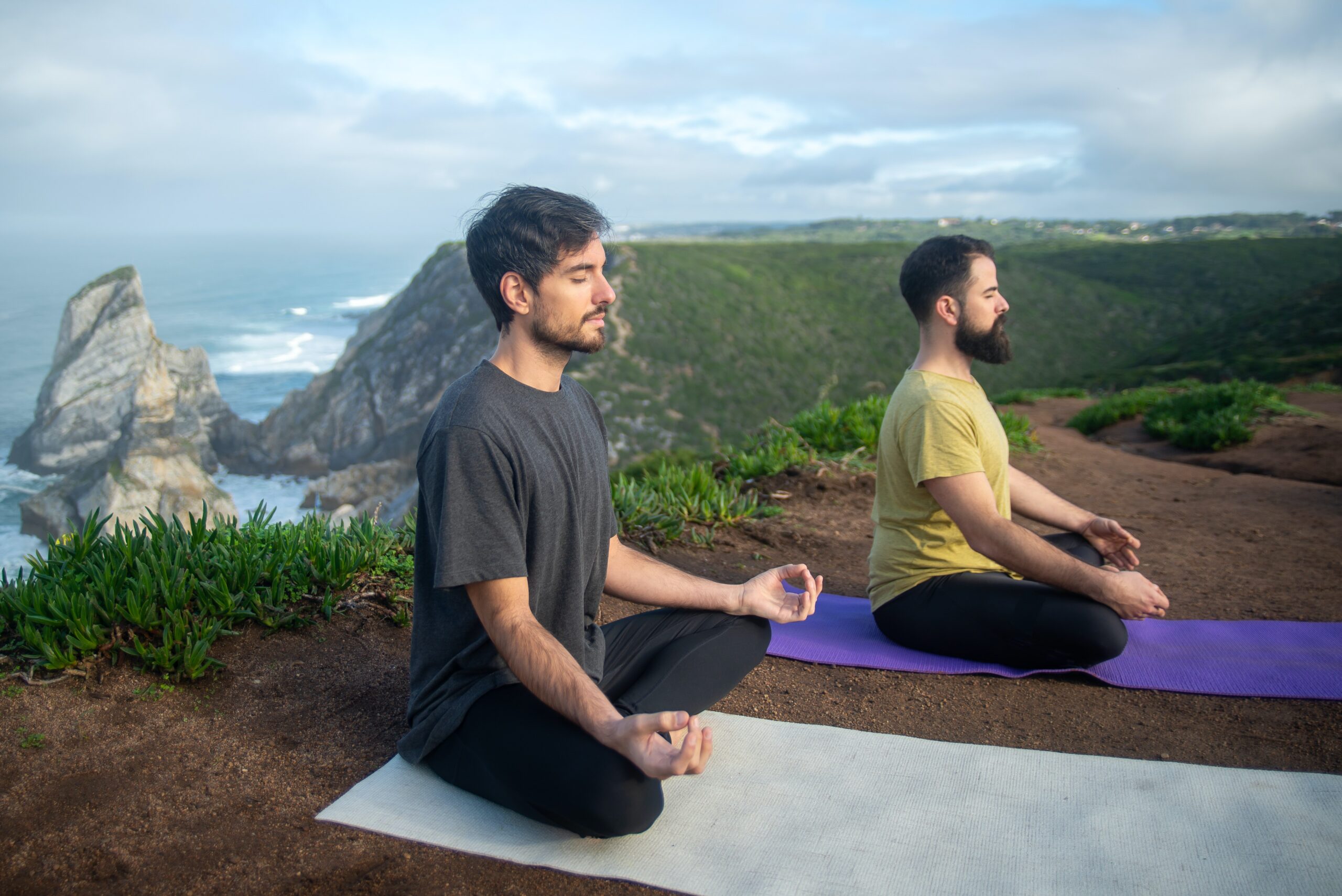Prior to the late 1400’s the West had all of the same meditation systems we see today in Asia.
Then the Inquisition happened. Now a lot occurred during the Inquisition, but one of the these things was the authorities essentially declaring war on heterodox systems of belief and practice. According to the Catholic Church only about 2500 people were officially executed during the course of the Inquisition. However, for the purposes of meditative and yogic practice any openly operating mystery schools were shut down.
The result of this is that only two schools of yogic practice survived. The first of which is the Golden Dawn derived practices out of the British Isles and the Bardon system of Hermetics out of Central Europe.
I won’t debate the origin stories of these two schools here, frankly the argument is pointless as both schools exist and survived historical efforts to prevent their existence on the whole.
These schools survived for two important reasons: (1) they were designed to be learned from books or written sources and (2) both practices are predicated off being able to manifest and disperse meditative phenomena.
The first quality meant you didn’t need an operating monastery, or live in mystery school, to learn it. So if you went to visit your teacher every few months, or so, the authorities wouldn’t get wise to what was going on.
The second quality requires a bit more of an explanation. The majority of the Asian systems in existence today work on the “power up and hold it” methodology. This means you generate a large amount of subtle phenomena, mostly vital force, and you hold onto it. If you know what to look for, people doing this are very easy to find with very little training. As a result these systems didn’t survive. My gut reaction is that the authorities of the time probably didn’t kill many people practicing this stuff, so much as forbade them from teaching anyone else.
Part 2
The first article on this topic delineated how the two most prolific schools in the West, the Golden Dawn and Bardon, survived in the face of the Inquisition when all of the other schools of practice perished.
Now, we’ll get into the nuts and bolts of how the systems operate and what they have in common with the other major Asian systems.
The Golden Dawn
According to one source, the Golden Dawn system sprang into existence when its founding members were engaged in a group session of mental wandering accidently ran into the egregore associated with the practice and essentially had it downloaded into them.
Whether the foundation story is true, or not, really isn’t all that important. The fact is that it is the oldest and most comprehensive school to come out of the English-speaking world. The Wiccans, the neo-pagans, et al derive most of their methodology from this group.
While this is not true for the ethnic systems, ultra-orthodox Jewish/Nordic/Native America/etc., these are largely not accessible to people who are not from those ethnic groups and correspondingly little is known about their practices in the greater esoteric community.
In terms of powering mechanisms, the Golden Dawn practices are heart centric, and egregore powered. In this regard they have much in common with Mahayana, and some Tantric, Buddhist practices. Calling upon various spirit figures, extensive use of ritual and mantra all form the basics of the system.
Due to large numbers of people having practiced over time the egregore is highly empowered and allows relatively junior members to access the system effectively.
The primary downside is that the egregore, and the associated spirit figures, gets to express its power through the practitioner. The mindset of these figures is old, definitely pre-Enlightenment, and can cause some issues with the post-20th century progressive set.
I’ve met several people over the years who practiced the system, extensively and successfully, for up to a decade before eventually discarding it. The primary reason cited was the inability to square the perspective of the entities involved with the modern world and/or their personal belief systems.
Part 3
Finally, the subject of Franz Bardon’s system of metaphysics comes up.
For those not in the know, Bardon was a Czech, of German extraction, who practiced from the 1930’s until his death in 1958 in a Czech police prison. He also spent, a confirmed, time confined in a German concentration camp during the war.
Bardon’s system is one of the most techniques driven system I’ve found in about 30 years of practice. As such, it is very well designed for the Western mind. In conversations with other practitioners, I’ve been told it closely resembles a lot of, non-Buddhist influenced, Taoist monastic systems in China. Technique wise it closely resembles Shingon Buddhism if you avoided a lot of the deity fusion practices.
Bardon’s system is powered fundamentally by kundalini type power, and this appears to be a natural occurrence of a developed practitioner of the system. Repeatedly establishing equilibrium of the elements as described in his system eventually leads to an arousal of the kundalini in the practitioner.
The primary goal of Bardon’s first book is to open the esoteric senses in a practitioner and teach them how to manipulate the fundamental elemental forces. With this, equilibrium becomes easy to establish and this works as a launching platform for working with the higher-level energies (astral, mental, Akasha and non-dual light) to attain enlightenment.
By developing these fundamental forces, the work of evocation and the Kabbalistic letters opens up as well.
Bardon’s work centers around what can be described as the path of the magician. The path of the magician is essentially about finding and fulfilling your life’s purpose.
As a practical matter, senior practitioners of this system are fairly quiet about their practice. I’ve never conversed with a German speaking member of this system, although if someone spoke fluent German and was willing to travel to Dresden, or perhaps Prague, who knows what they could find.
During the Second World War, many of the German proponents of the system were actively hunted by Nazi officials interested in their occult practices. The result of which is that most practitioners of the system are very private.
The primary aspect missing from Bardon’s first book involves the body training necessary to fully exploit the movement of energy from the less physical to the physical. Fasciae training is very important to this process and not generally something that can be easily transmitted through a purely written medium.







